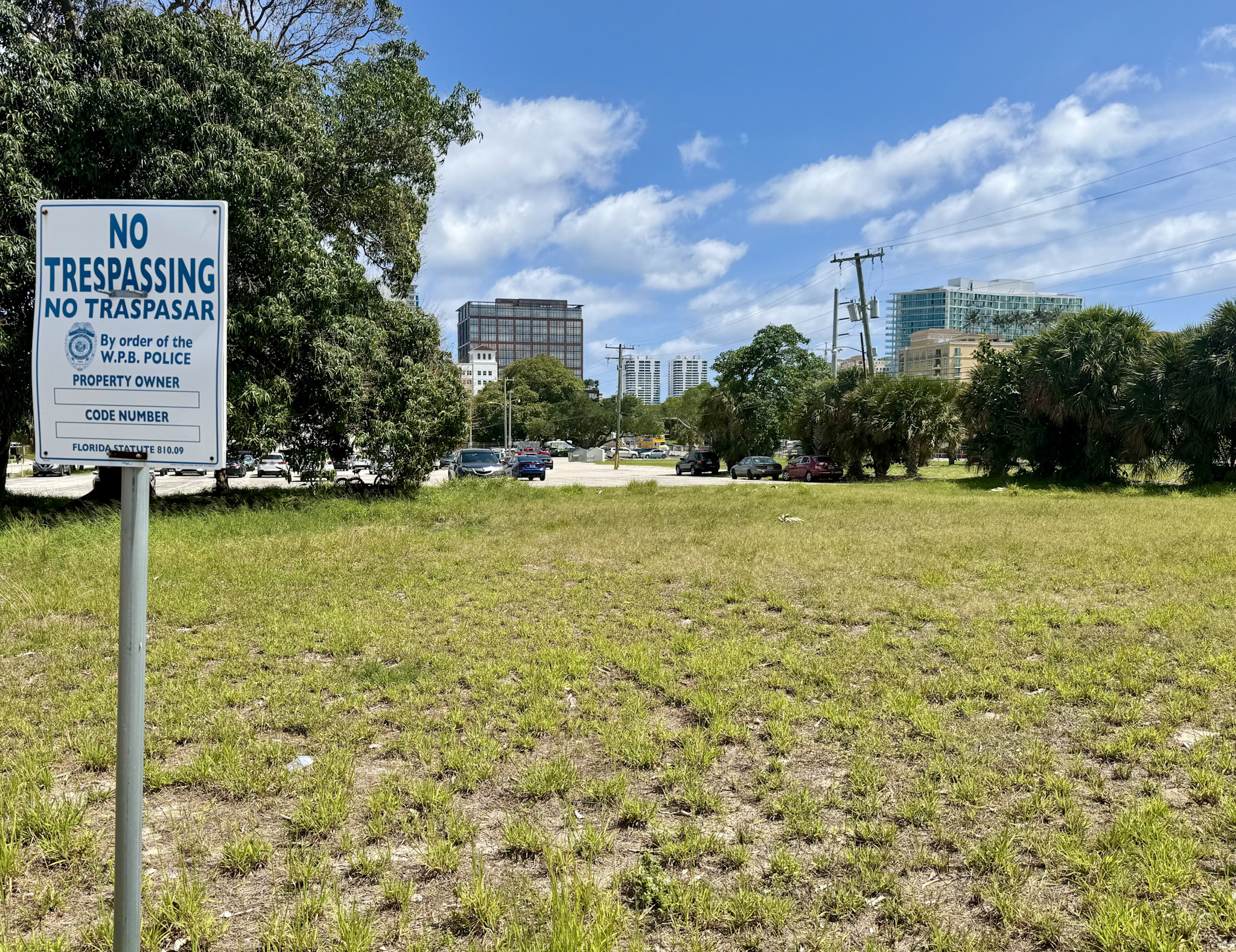
Much of the U.S. Northeast was smothered last summer by dense smoke from Canadian wildfires
Leading to New York City’s worst air quality since the 1960s. Such episodes, once mostly isolated incidents, are increasingly common due to the impact of climate change, new research shows.
Sustainable Development Goals (SDGs)
- Goal 3: Good Health and Well-being
- Goal 11: Sustainable Cities and Communities
- Goal 13: Climate Action
About 83 million Americans exposed to unhealthy air quality
About 83 million Americans, or 1 in 4, are already exposed each year to air quality that is categorized as “unhealthy” by the Air Quality Index (AQI), a number that could grow to 125 million people within decades, according to First Street Foundation, which analyzes climate risks.
Unhealthy AQI level
- Outdoor activities can result in lung impairment for some people
- Respiratory ailments like chest pain and coughs
The nation’s worsening air quality and its impact on health and the economy
The nation’s worsening air quality comes after decades of improvements thanks to regulations such as the 1970 Clean Air Act, which tightened federal rules on pollutants emitted by factories and automobiles. But the recent rise in poor air quality could be harder to battle because it’s linked to global warming, with higher temperatures and drought causing more smoke-spewing wildfires, First Street said.
Impact on health and the economy
- Reversal of health benefits from stricter pollution regulations
- Increase in premature deaths and heart attacks
- Loss of productivity in economic markets due to outdoor job work days lost
Migration and impact on property values and tax revenues
Already, there’s some evidence that people are leaving parts of the country with lower air quality, contributing to what is effectively a redrawing of the nation’s map by wildfire, flood, and other effects of climate change. The downstream effect of people moving away is that property values start to suffer because the area becomes less desirable. And then as the area becomes less desirable, tax revenues are directly impacted because the property values are decreasing.
States experiencing decline in air quality
- California, Oregon, and Washington state
- Florida panhandle
Projected increase in unhealthy AQI days due to climate change
The number of unhealthy AQI days is likely to grow in the coming decades due to climate change, First Street projected. Worst hit could be the Western states, but Eastern states aren’t immune. Pockets of the Southwest, especially on the Florida-Georgia border, are already seeing an increase in the number of days with unhealthy AQI numbers.
Link between poor air quality and particulate matter and ozone
- Increases in particulate matter and ozone due to extreme heat, drought, and wildfires
- PM2.5 particulates can cause a range of health problems
- Ozone levels can inflame airways and raise the risks of asthma attacks
Steps to mitigate poor air quality and protect health
Although reversing the amount of air pollution linked to climate change is difficult, knowing the risks and how to mitigate them can help. First Street has a site called RiskFactor.com where you can enter your address and see your risks for flooding, fire, wind, and heat. Individuals may also need to take steps to protect their health in the face of more poor air quality days, such as keeping smoke out of their houses by sealing windows and changing HVAC filters.
SDGs, Targets, and Indicators
-
SDG 3: Good Health and Well-being
- Target 3.9: By 2030, substantially reduce the number of deaths and illnesses from hazardous chemicals and air, water, and soil pollution and contamination.
- Indicator: Air Quality Index (AQI) – The article mentions that about 83 million Americans are already exposed to air quality categorized as “unhealthy” by the AQI.
-
SDG 11: Sustainable Cities and Communities
- Target 11.6: By 2030, reduce the adverse per capita environmental impact of cities, including by paying special attention to air quality and municipal and other waste management.
- Indicator: Air Quality Index (AQI) – The article highlights the worsening air quality in the U.S., particularly in cities, due to factors like wildfires and climate change.
-
SDG 13: Climate Action
- Target 13.1: Strengthen resilience and adaptive capacity to climate-related hazards and natural disasters in all countries.
- Indicator: Increase in wildfires – The article mentions that the rise in poor air quality is linked to global warming, with higher temperatures and drought causing more smoke-spewing wildfires.
Table: SDGs, Targets, and Indicators
| SDGs | Targets | Indicators |
|---|---|---|
| SDG 3: Good Health and Well-being | Target 3.9: By 2030, substantially reduce the number of deaths and illnesses from hazardous chemicals and air, water, and soil pollution and contamination. | Air Quality Index (AQI) |
| SDG 11: Sustainable Cities and Communities | Target 11.6: By 2030, reduce the adverse per capita environmental impact of cities, including by paying special attention to air quality and municipal and other waste management. | Air Quality Index (AQI) |
| SDG 13: Climate Action | Target 13.1: Strengthen resilience and adaptive capacity to climate-related hazards and natural disasters in all countries. | Increase in wildfires |
Behold! This splendid article springs forth from the wellspring of knowledge, shaped by a wondrous proprietary AI technology that delved into a vast ocean of data, illuminating the path towards the Sustainable Development Goals. Remember that all rights are reserved by SDG Investors LLC, empowering us to champion progress together.
Source: cbsnews.com

Join us, as fellow seekers of change, on a transformative journey at https://sdgtalks.ai/welcome, where you can become a member and actively contribute to shaping a brighter future.






